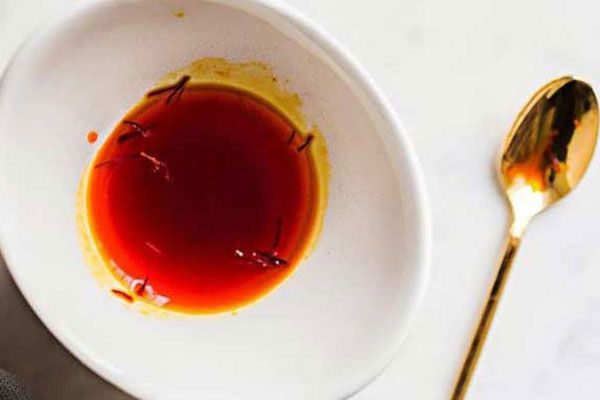
How To Make and Cook with Saffron
Saffron is a spice used for cooking which comes from a flower called the Crocus sativus which is commonly known as saffron crocus. The saffron has crimson stigmas and styles which are called threads. These threads are collected, dried and used in cooking mainly as colouring agents and seasonings. Saffron which was first cultivated near Greece a long time ago is the most expensive spice you can find on earth.
Although there are inferior saffron which are inexpensive and are a bit frayed or worn out, looking too yellowish in colour and are usually tasteless. These ones aren’t the real saffron; the real saffron are usually dark red in colour and the tips are mostly orange in colour. The fresh and real saffron has this distinctive earthly flavour which gives food a distinctive and attractive orange colour. Saffron ought to be expensive because the process of getting the stigmas for the preparation is arduous.
The process of getting the stigmas involves the hand-picking of the stigmas from each crocus and all crocus produces only three stigmas and thousands of stigmas are required to make just a little—an ounce of the spice. So, a lot of work is employed in the picking of the stigmas because much stigmas need to be hand-picked and dried before they can be used for cooking.
Saffron is mostly grown and common in Greece, Spain, India, Iran and Italy.
In making the saffron to be used as seasonings or colouring agents in food, the stigmas of the crocus flowers are to be picked by hands which would take much time to do so because thousands of the stigmas are needed to make a reasonable amount that would be sufficient for the the cooking.
After you’ve picked a good number of the stigmas that would be enough for your cooking, you soak them in a warm water or in milk or white wine for 30 minutes in order for it to be evenly distributed throughout the dish you are cooking.
When you are done soaking the stigmas for 30 minutes, you can, if you like, strain out the stigmas from the liquid—which requires much dexterity to do—and add the liquid to your food which is usually done at the end of your cooking. If you can’t, you can leave the stigmas in the liquid and add them in the food. The stigmas will still look good on your food.
The secret technique to note here is; adding the stigmas at the early stage of your cooking would give your food more distinctive orange colour, but when added at the later stage, it makes and gives your food more flavour.


